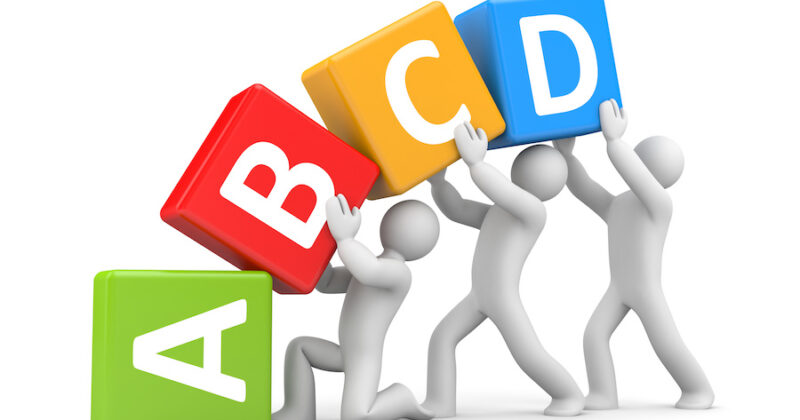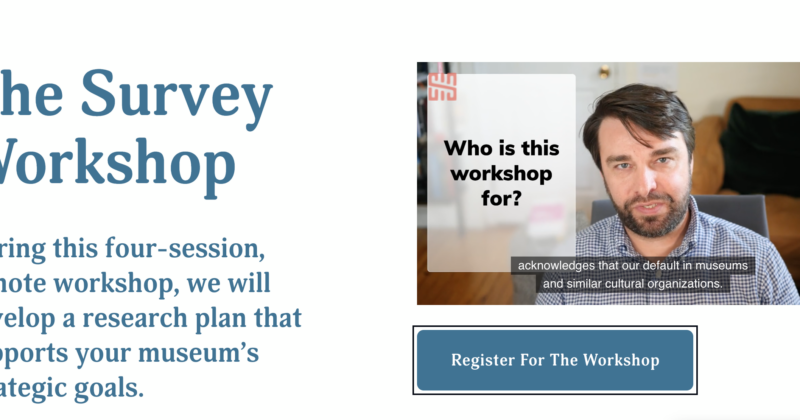
To Truly Understand Some Lack of Embarrassment is Key
Why are kids so good at asking why? As adults, we also want to know why, but crucial differences between kids and us get in the way of really understanding why (or why we don’t) seek the answer. So whether you want to know why visitors to your museum are not coming back after their first visit or wonder why employee satisfaction is down, the keys lie in cultivating our inner child to get to the answer to both simple and complex questions.
Kids’ lack of embarrassment is a key factor in their strengths in exploring the world around them.
Toddlers and small children are not embarrassed about not knowing something. We, as adults, are terrified to look stupid in front of others. We are socialized to think that we are stupid if we don’t know something. Unfortunately, years of schooling and working in teams have provided plenty of experiences that enforced this idea. We may remember once asking why and...







